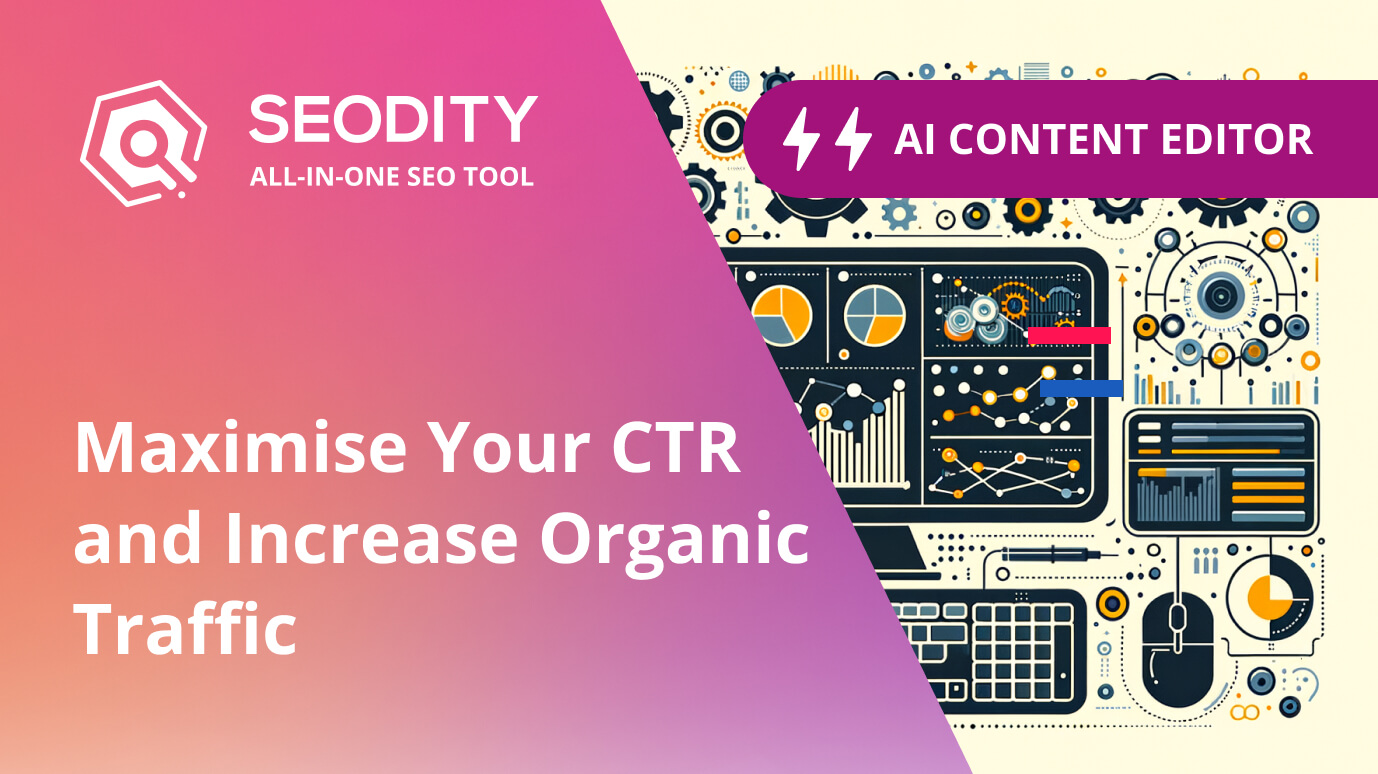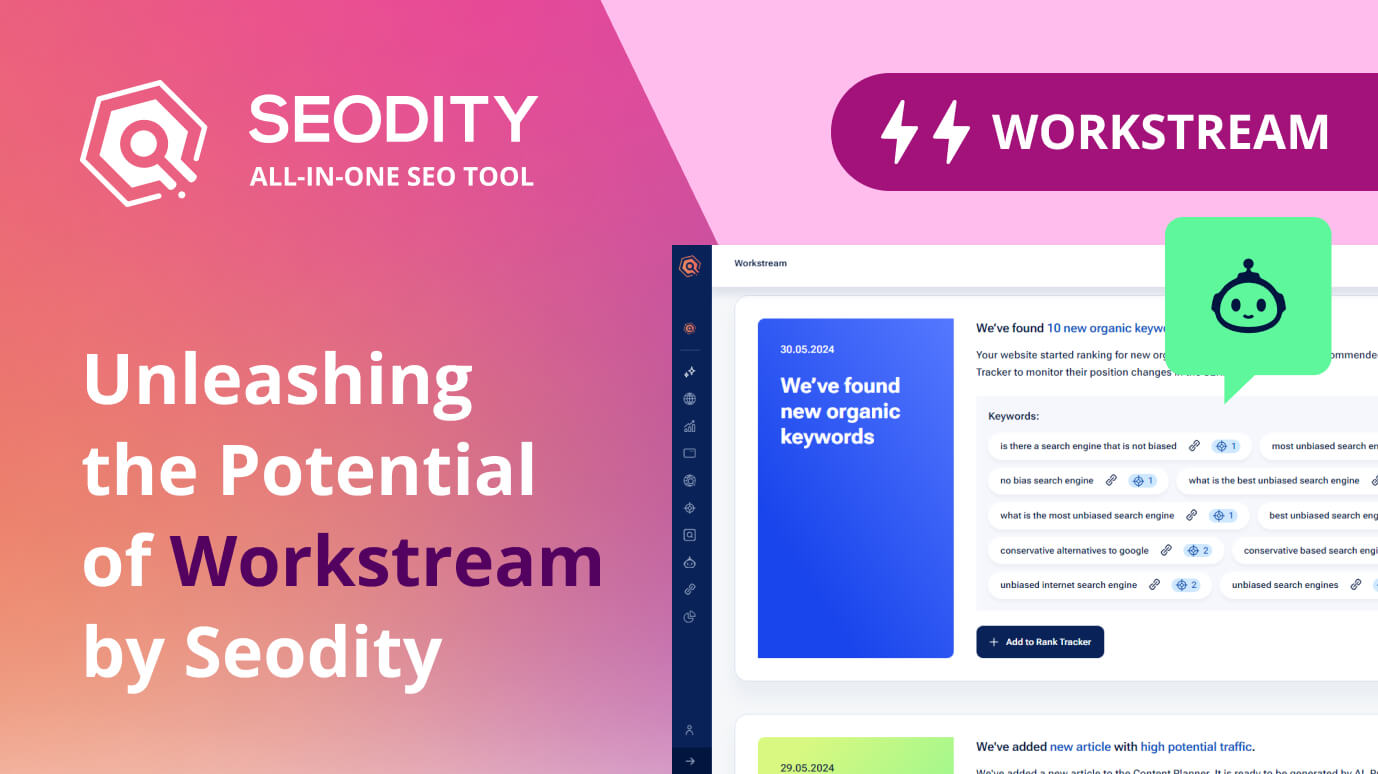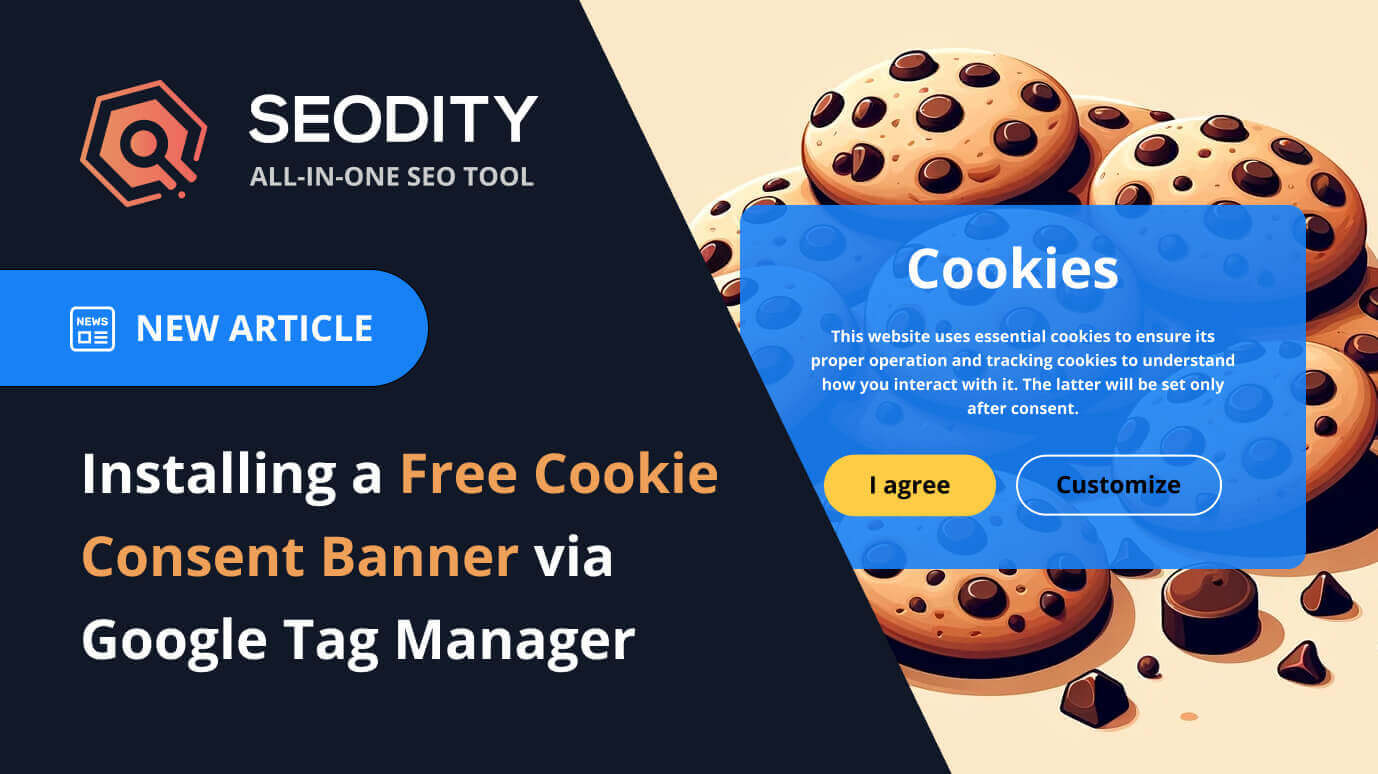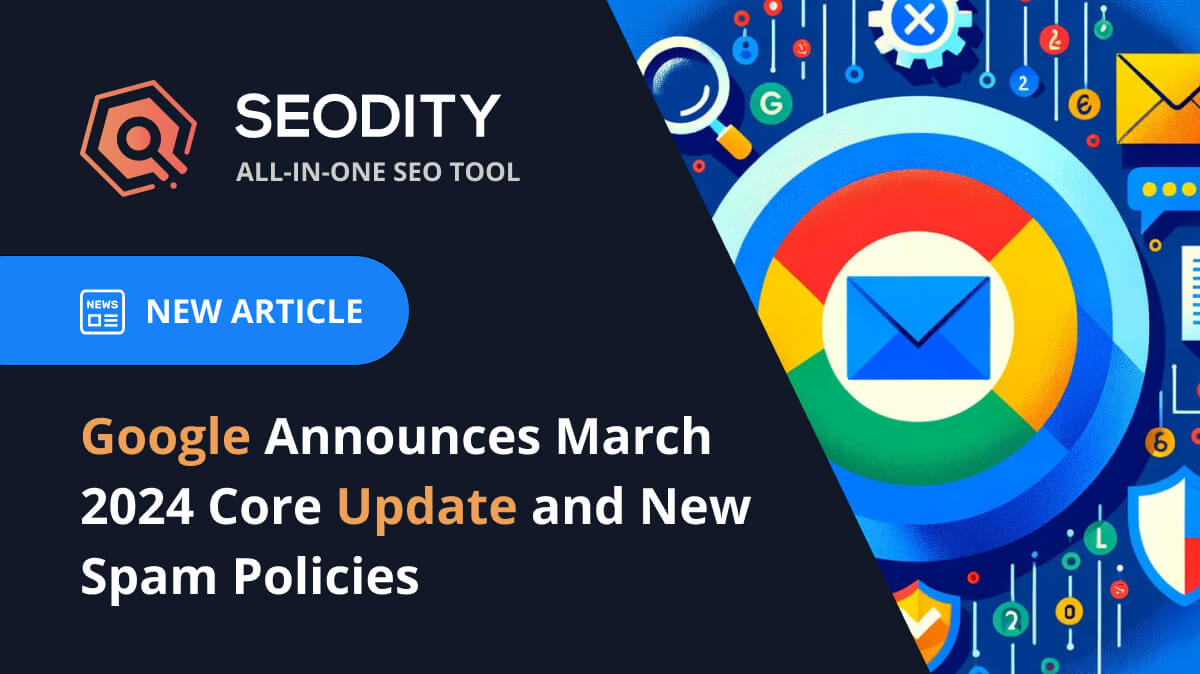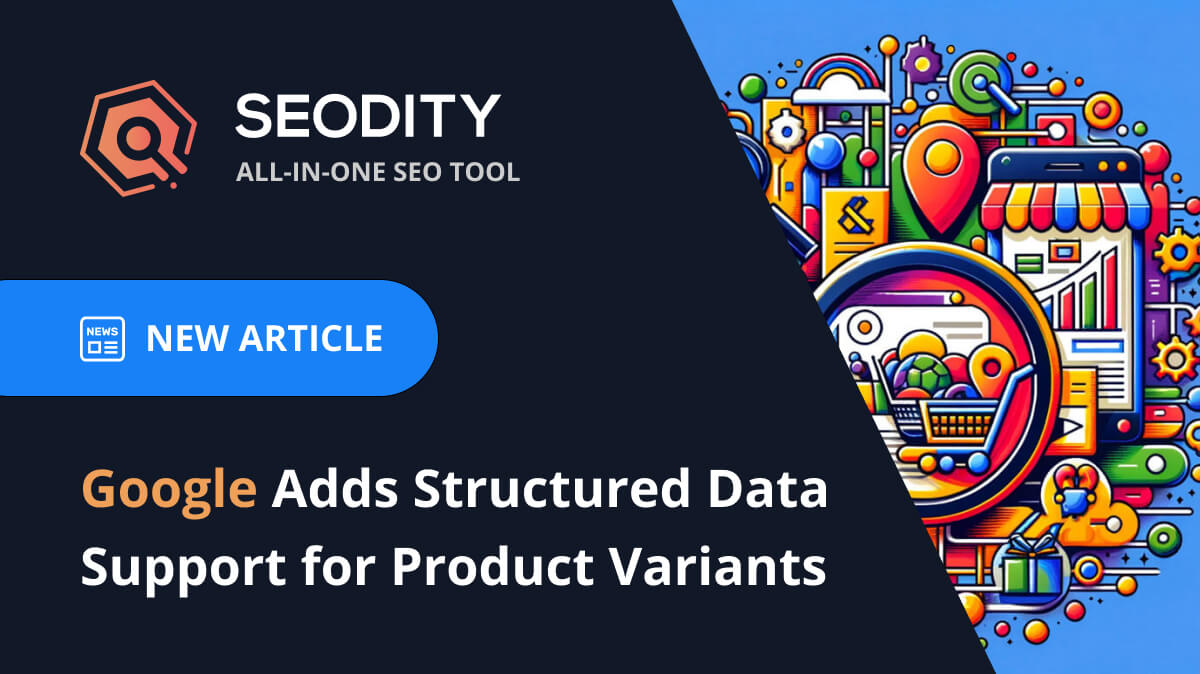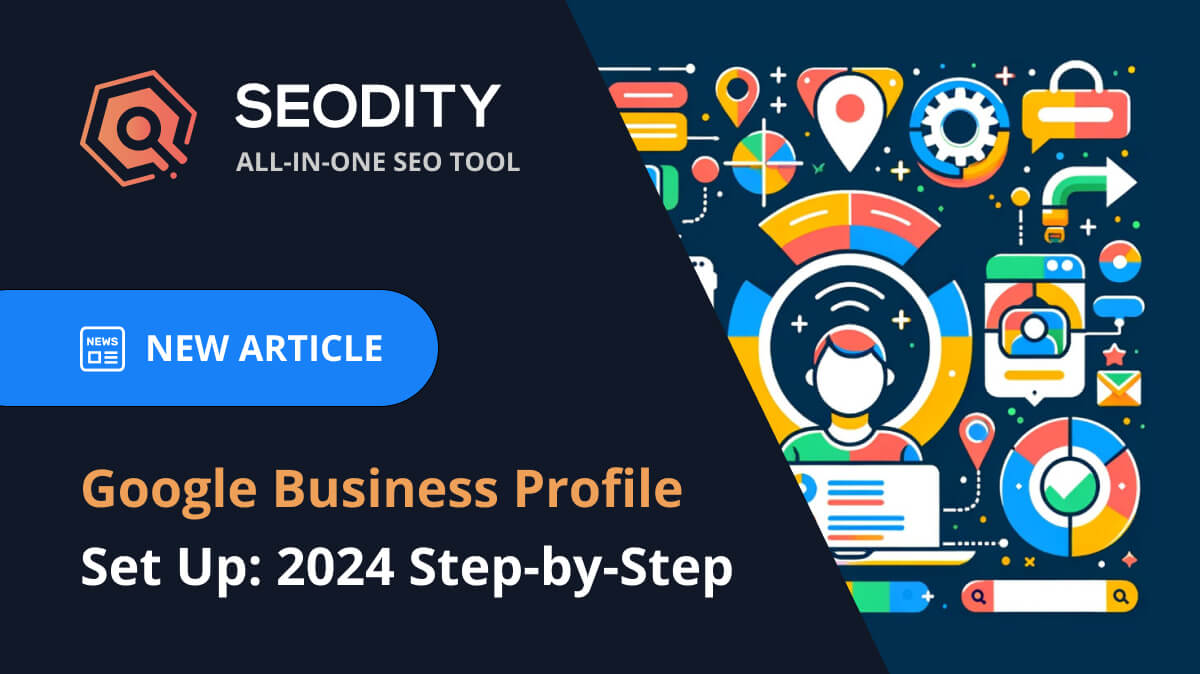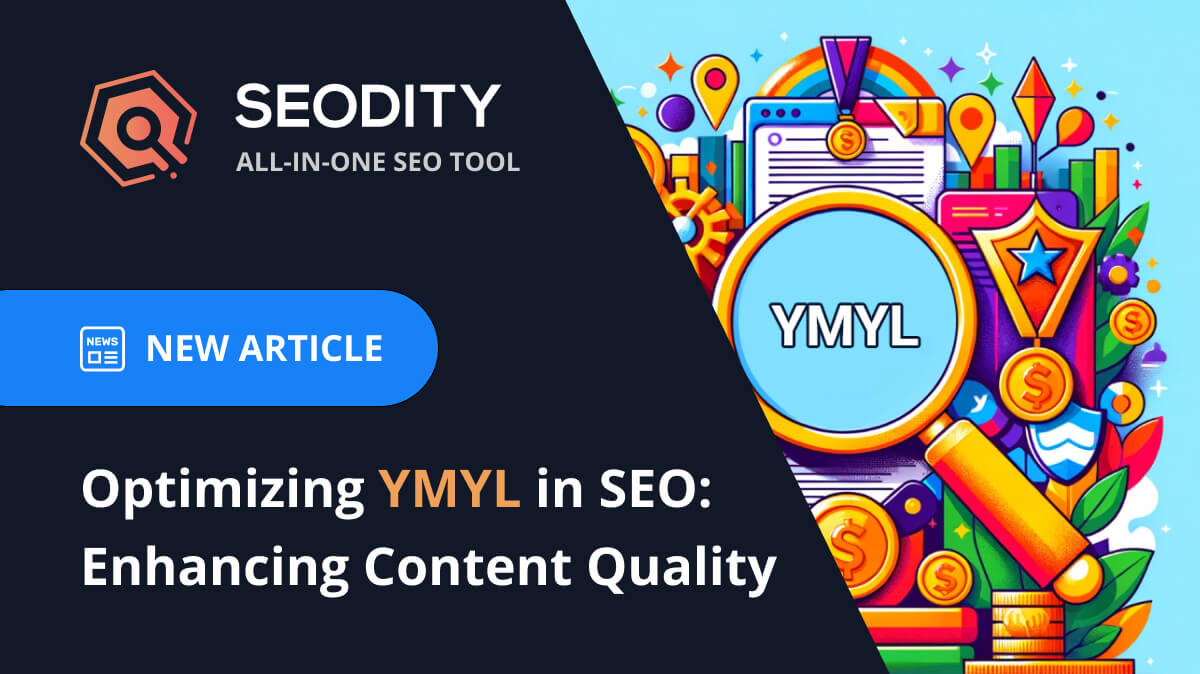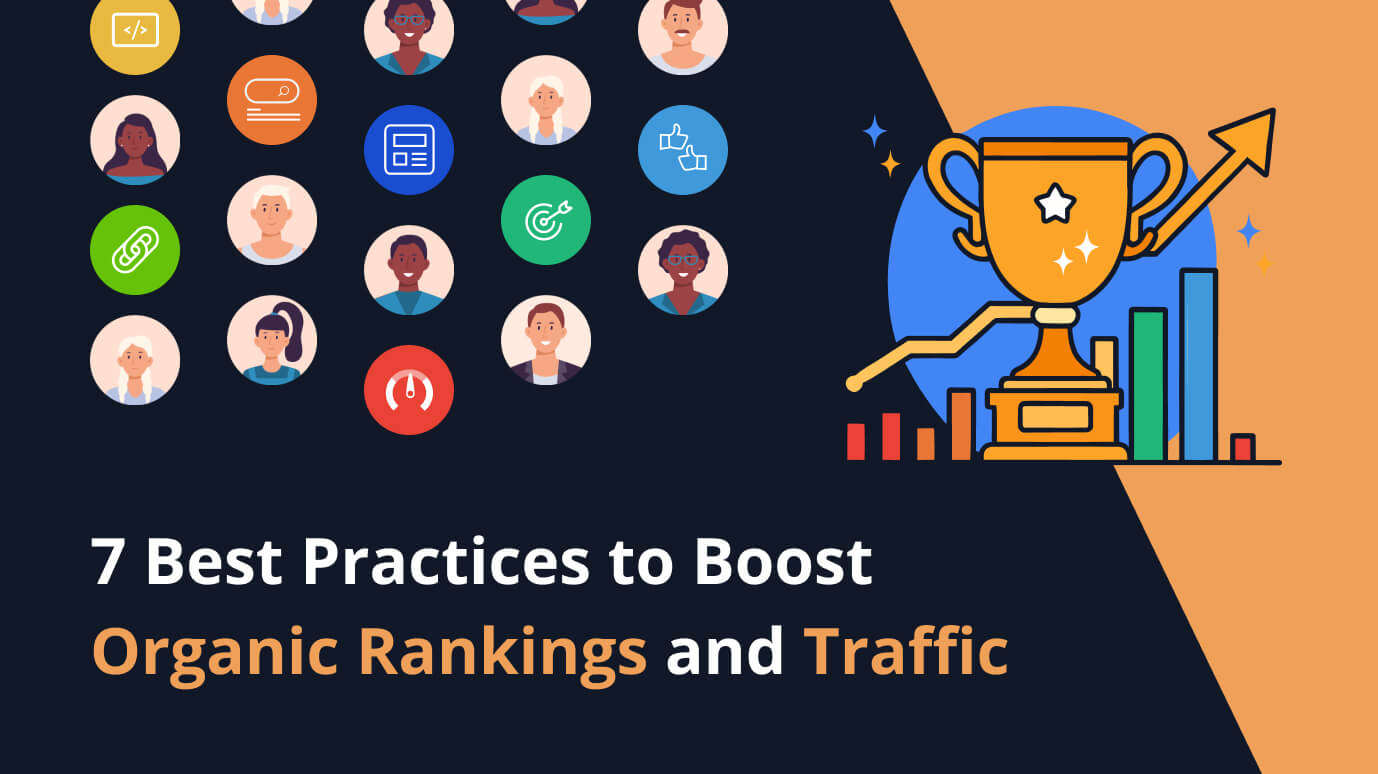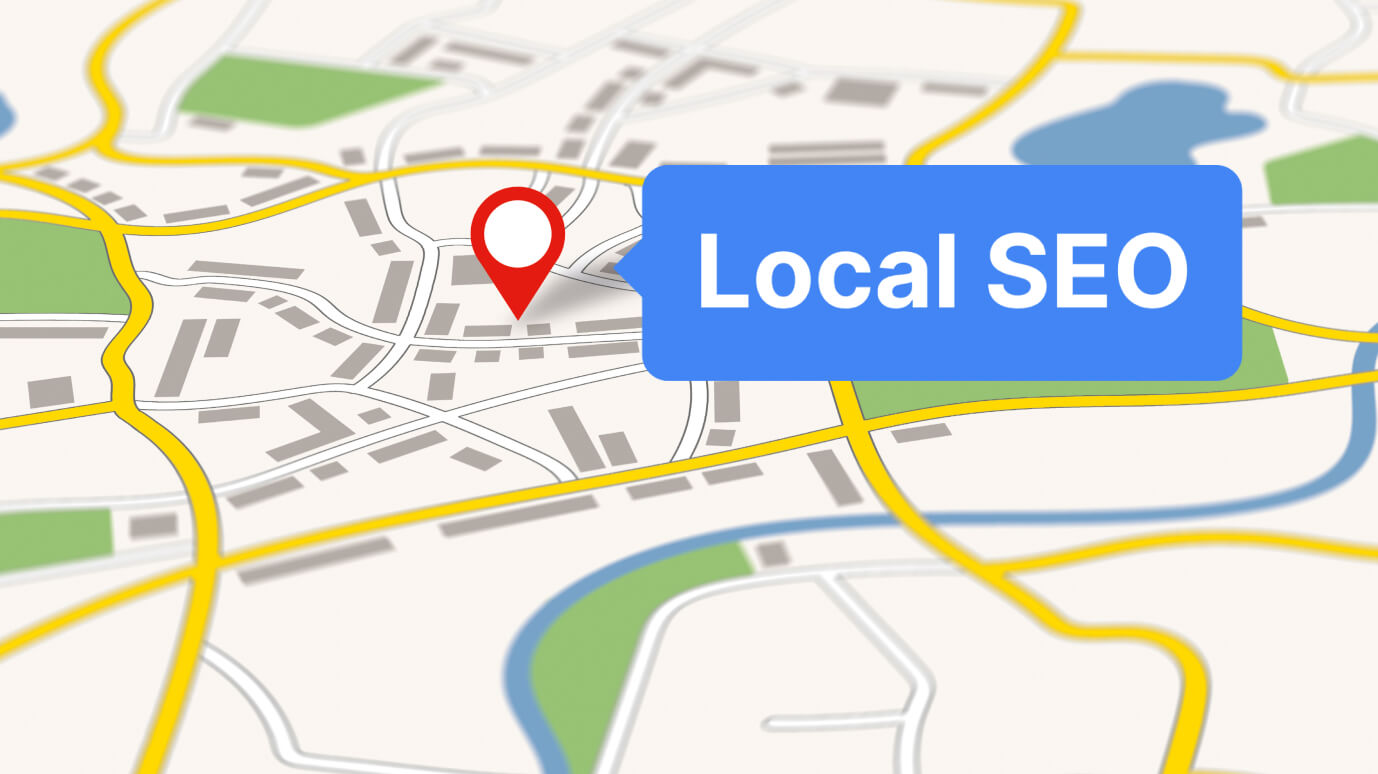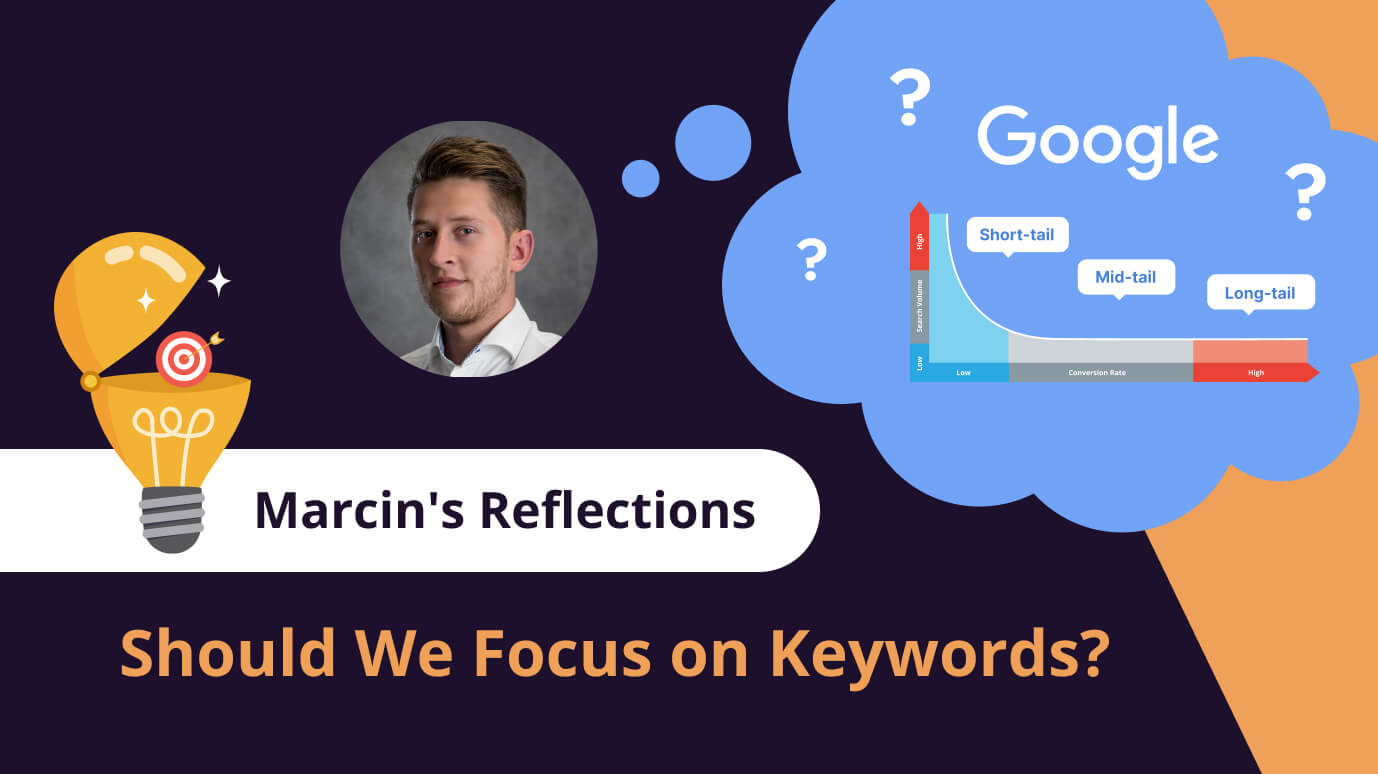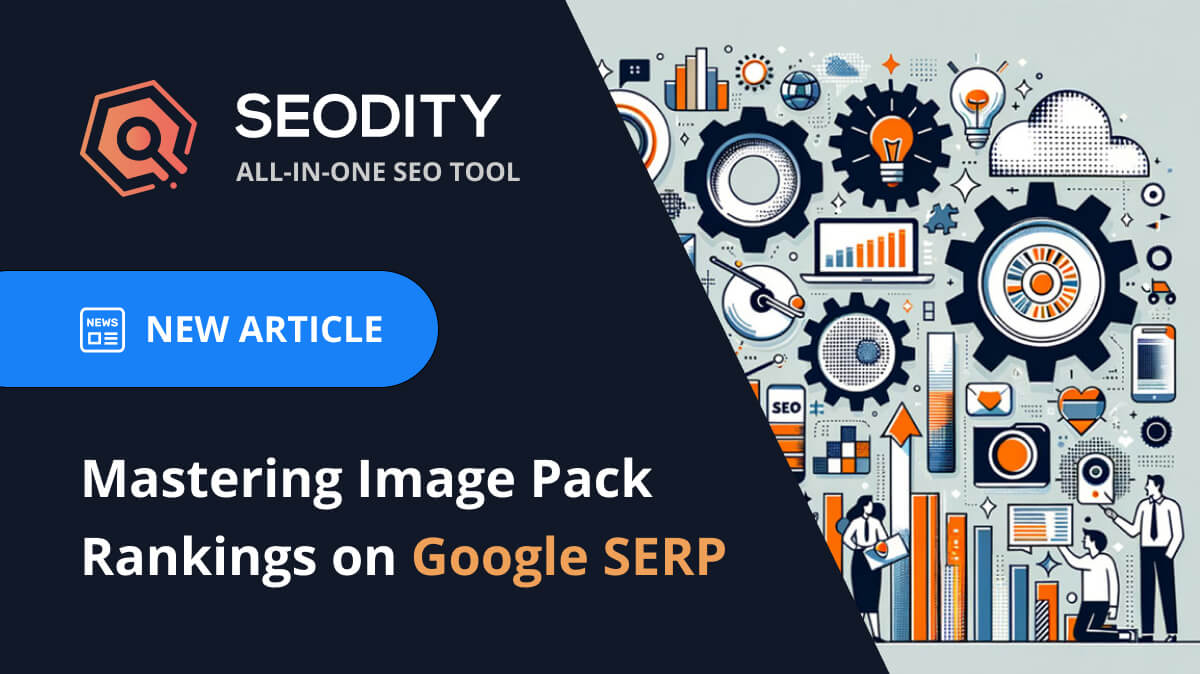
 8 min read
8 min readMastering Image Pack Rankings on Google SERP
How to Rank in an Image Pack on Google SERP
Ranking in an image pack on Google's Search Engine Results Page (SERP) is an increasingly significant goal for any website looking to enhance its online presence. Given the visual nature of the internet today, images play a crucial role in attracting attention and driving clicks. The path to getting your images featured in a Google Image Pack involves a combination of technical optimization and strategic content creation. This article will navigate through the crucial steps, including optimizing your images for search engines, leveraging Google's Image Search API, and adopting best practices specifically tailored to meet Google's criteria for image selection. From understanding the importance of image optimization APIs to implementing actionable strategies for improving image search ranking, we will cover all you need to know to increase your visibility and potential for being featured in Google SERP's coveted image pack. Whether you're an e-commerce platform, a digital marketer, or a content creator, these insights will assist you in maximizing the impact of your images and boosting your website's overall SEO performance.
Optimizing Your Images for Google SERP
The first crucial step to ensuring your images are considered for a Google Image Pack is through effective optimization tailored for Google's SERP. Image optimization encompasses a range of strategies, from basic file formatting to more advanced techniques aimed at enhancing visibility and relevance in search results. This includes selecting the right file format, like JPEG for high-quality photos or PNG for graphics with transparent backgrounds, to reduce file size without compromising quality. It's equally important to utilize descriptive, keyword-rich file names and alt text, making it easier for search engine algorithms to understand and index your images appropriately.
Moreover, incorporating structured data can significantly improve your chances of ranking in an image pack. By providing explicit context about the content of your images through schema markup, you can help Google recognize the relevance of your images to specific queries. This, coupled with ensuring your website is mobile-friendly and loading times are optimized, can make a substantial difference in your images’ SERP performance. Employing tools like Seodity can further streamline this process by offering detailed insights into how your images and overall site are performing in terms of SEO, thus allowing for targeted optimizations.
Implementing these strategies not only aids in enhancing the visibility of your images on Google's SERP but also contributes significantly to the overall SEO health of your website. By optimizing images with these practices in mind, you're taking a critical step towards increasing your chances of being featured in a Google Image Pack, subsequently driving more organic traffic to your site.
Utilizing Image Optimization APIs
When discussing the optimization of images for Google's SERP, a pivotal aspect involves leveraging Image Optimization APIs. These APIs are designed to automate the process of optimizing images for search engines, significantly streamlining the task for webmasters and SEO professionals. Not only do these APIs provide functionalities for resizing, compressing, and converting images into web-friendly formats, but they also offer advanced features like automatic alt-text generation based on image recognition technologies.
By employing an API such as Seodity's image optimization feature, users can ensure that their images are not only visually appealing but are also tailored for optimal search engine recognition and ranking. This facilitates a smoother user experience by reducing page load times and improving mobile responsiveness, which are crucial factors in Google's ranking algorithms. Moreover, Seodity's detailed analytics can pinpoint areas for improvement, allowing for targeted optimization strategies. Its ability to integrate seamlessly with existing website infrastructures makes it an indispensable tool for anyone aiming to secure a spot in Google's Image Pack.
Utilizing these APIs effectively requires an understanding of your website's specific needs, including the types of images you use and the target audience's search behavior. By combining these insights with the powerful capabilities of image optimization APIs, you can significantly enhance your images’ visibility in SERPs, driving more organic traffic and engagement on your site.
Strategies for Improving Image Search Ranking
Developing effective strategies for improving your image search ranking is essential in positioning your content within Google's Image Pack. One strategy is to implement image sitemaps, which assist Google in discovering images that it might not otherwise find, especially if your site uses JavaScript galleries or image pop-ups. Including the most relevant images in an XML sitemap sends a clear signal to search engines about the importance of these images to your site content.
Another critical strategy is to ensure the context around your images is optimized. This means the content surrounding the images, including captions, page titles, and textual content, should be relevant and keyword-rich. It’s not just about the images themselves but the story they are part of. Creating quality content that seamlessly integrates your targeted keywords can amplify your images' relevance and visibility in searches.
Moreover, social media can play a significant role in enhancing your images' search rankings. Platforms like Pinterest and Instagram are inherently visual and can drive significant traffic to your website. Sharing your images on these platforms, with appropriate tags and descriptions, can increase your images’ visibility and backlinks, further bolstering your rankings.
Engaging with image optimization APIs, like Seodity's image optimization feature, provides an automated and efficient way to ensure your images meet these strategies' requirements, from resizing and compressing to generating relevant alt text. Remember, the ultimate goal is to enhance user experience by delivering quality, relevant images quickly and efficiently while signaling their relevance to search engines through strategic optimization and contextual enhancement.
Lastly, it’s crucial to monitor the performance of your images in search rankings continuously. Tools like Seodity offer detailed analytics that shed light on how your images perform in SERPs, allowing you to refine and adjust your strategies for optimum visibility and engagement.
Implementing these strategies holistically can significantly improve your chances of ranking in a Google Image Pack, driving more organic traffic and boosting your site’s SEO strategy.
Leveraging Google Image Search API for Optimization
Another essential step towards securing your images a spot in the Google Image Pack is leveraging the Google Image Search API for optimization. This advanced tool allows you to tap into Google's vast resources for analyzing and understanding images better, directly impacting how effectively your images are indexed and ranked. By utilizing the Google Image Search API, you can automatically tag your images with relevant keywords based on Google's own recognition algorithms. This ensures that your images are not only correctly indexed but also stand a higher chance of appearing in search results relevant to those tags.
Furthermore, the Google Image Search API provides insights into the types of images that perform well for specific search queries. This invaluable data can guide content creators and SEO professionals in curating or modifying images to meet the criteria favored by Google's algorithms. It's about aligning your images with the expectations of search engines and the needs of your target audience.
Beyond mere optimisation, the API also aids in monitoring the performance of your images within the Google Image Search ecosystem. This means that you can track how changes in your image optimization strategies impact your rankings over time. For brands and businesses aiming to maintain a competitive edge, such as Seodity, this means continuous improvement and adaptation to the ever-evolving SEO landscape. By integrating these strategies with Seodity’s comprehensive SEO analytics and optimization features, you can ensure a cohesive approach to improving your images' search visibility, contributing to greater website traffic and engagement.
Ultimately, the key to success in ranking within Google's Image Pack lies in a multifaceted approach, combining traditional optimization techniques with advanced tools like the Google Image Search API. By doing so, you're not just optimizing for today's SEO standards but are also staying ahead of the curve by adapting to future changes in search engine algorithms and user behavior patterns.
Best Practices for Featuring in Google Image Pack
Best Practices for Featuring in Google Image Pack
To enhance your chances of ranking in Google's Image Pack, it's essential to follow a set of best practices that align with Google's algorithmic preferences and user search behaviors. These practices are critical for ensuring that your images are not only seen but also clicked on by potential visitors. Implementing a robust SEO strategy that incorporates the Seodity toolkit can greatly amplify your efforts and results. Here are some of the best practices:
- Optimize Image Quality: Ensure your images are of high quality and correctly sized. Images that are too large can slow down page loading times, while those of poor quality may be skipped over by users and search engines alike.
- Use Relevant Keywords: Incorporate relevant keywords into the file name, alt text, and surrounding text to help Google understand what your image is about. This improves your chances of ranking for those keywords.
- Create Informative Surrounding Content: Your image should complement the content on your page. Make sure the content is informative and optimized for SEO. This increases the relevance of your images to users and search engines.
- Structured Data: Using structured data, such as schema markup, can help search engines interpret the content of your images more effectively, thereby increasing your chances of featuring in the Image Pack.
- Engage on Social Media: Share your images on social platforms like Pinterest and Instagram to generate backlinks and drive traffic. This can boost the image's search ranking and visibility.
- Monitor Performance: Constantly analyze how your images are performing in search rankings. Tools like Seodity offer deep insights into the SEO performance of your images, allowing for real-time adjustments and optimizations.
By adhering to these best practices and leveraging the comprehensive features of Seodity, you can significantly enhance your website's visibility in Google SERPs and specifically within its Image Pack. This not only boosts organic traffic but also strengthens your online presence across the board. Remember, the journey to achieving prominence in Google's Image Pack is ongoing, involving constant optimization, analysis, and adaptation to new SEO trends and algorithm updates. With Seodity's toolkit, such efforts become more streamlined and effective, keeping you ahead in the competitive digital space.

Marcin is co-founder of Seodity
.svg)


